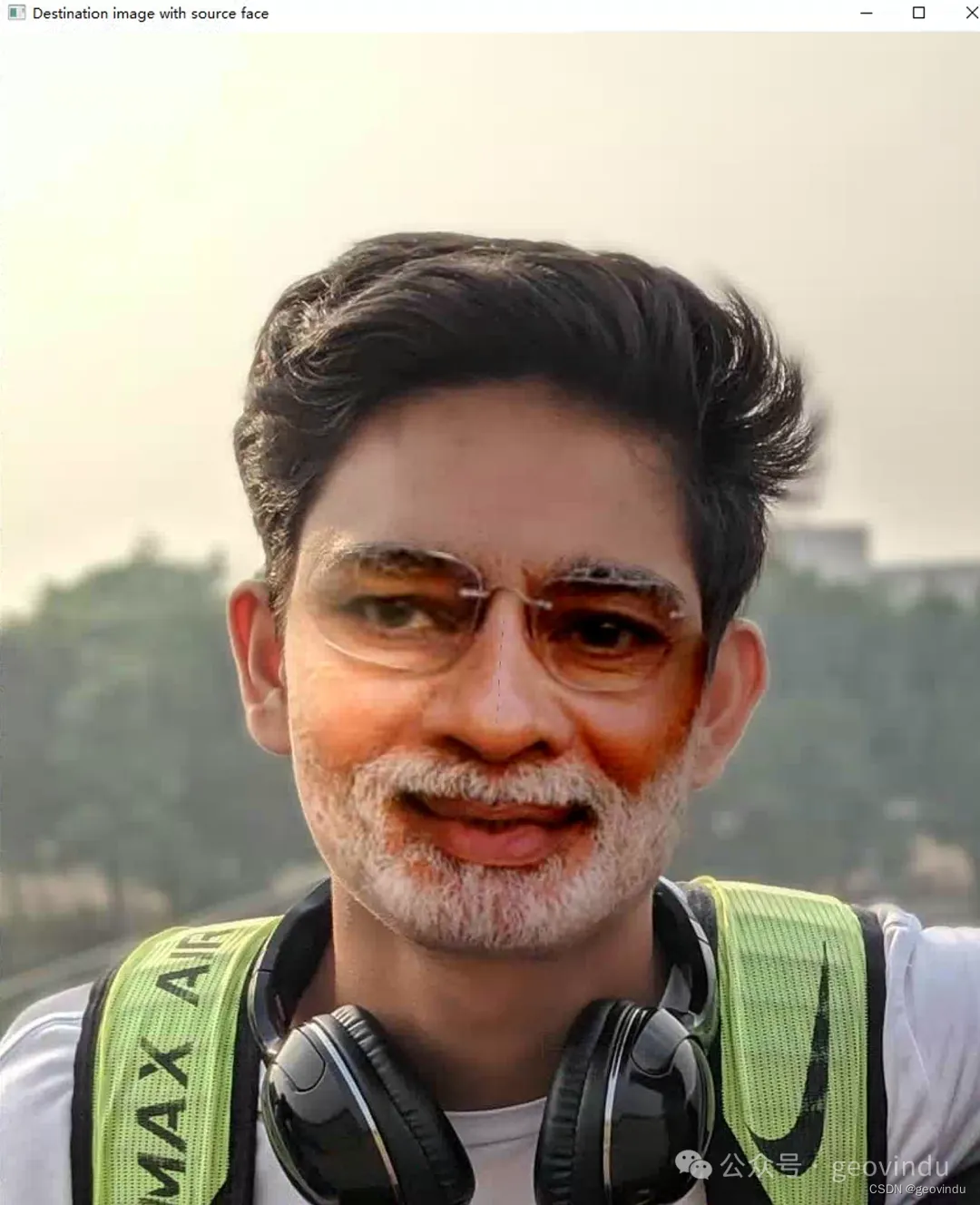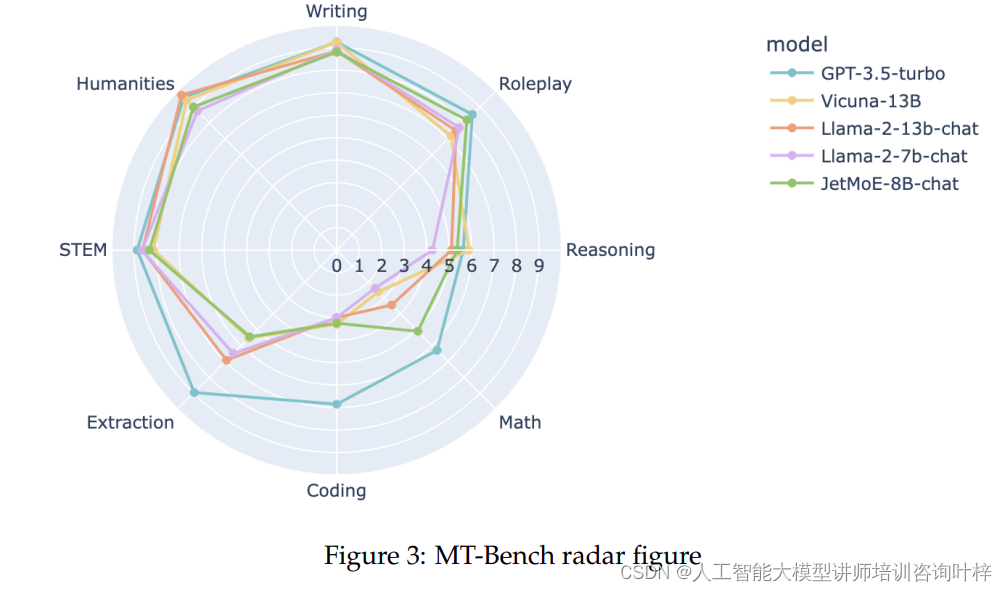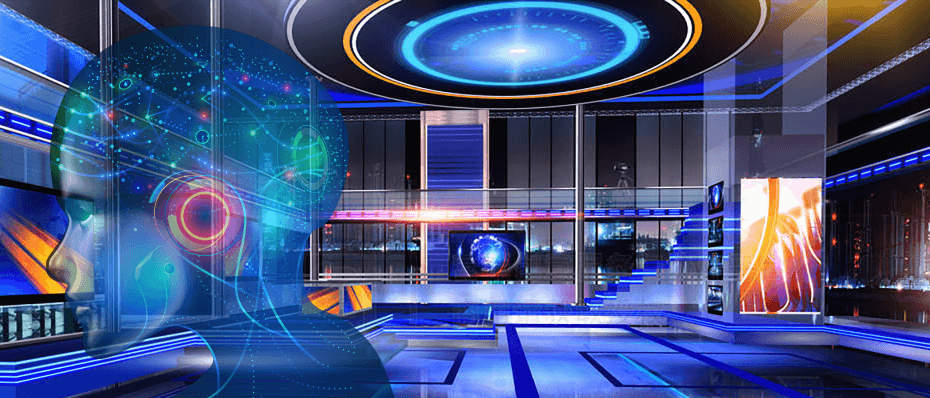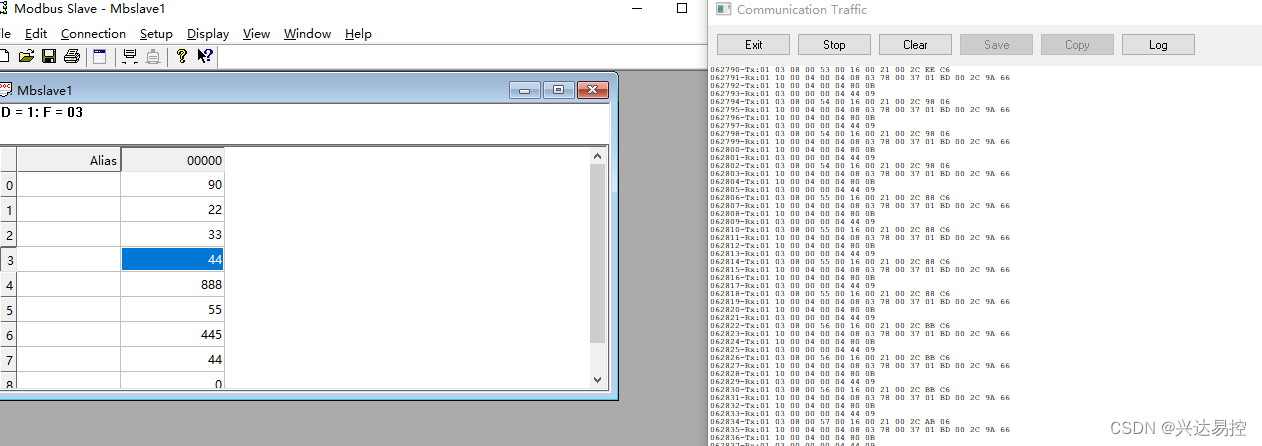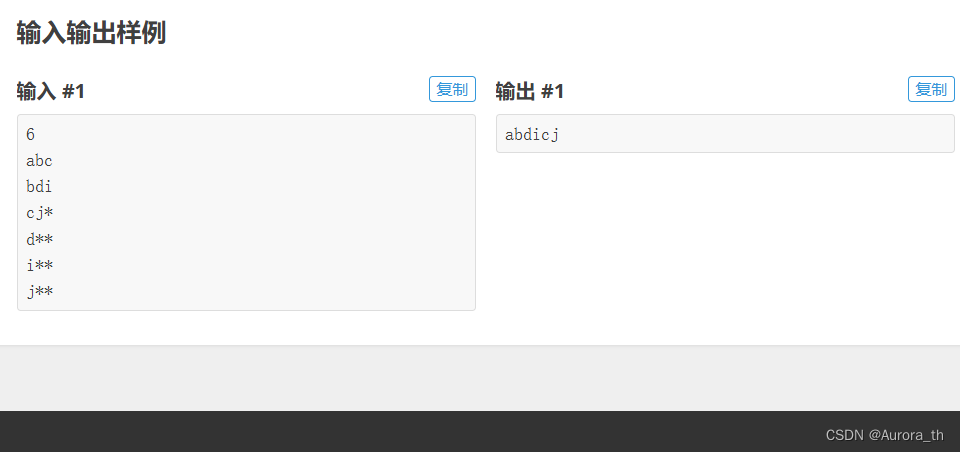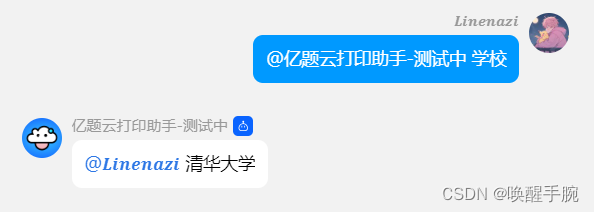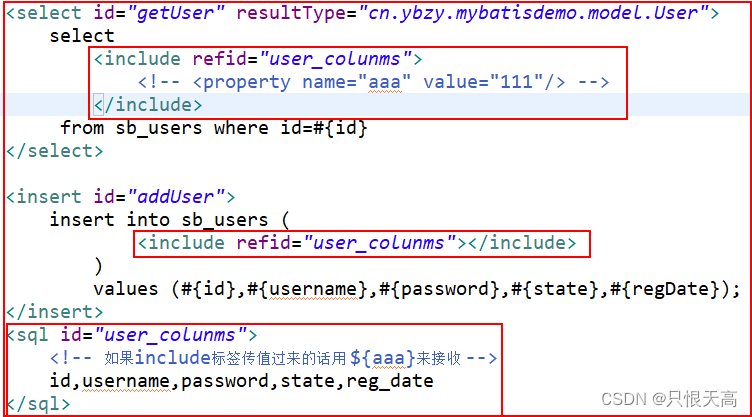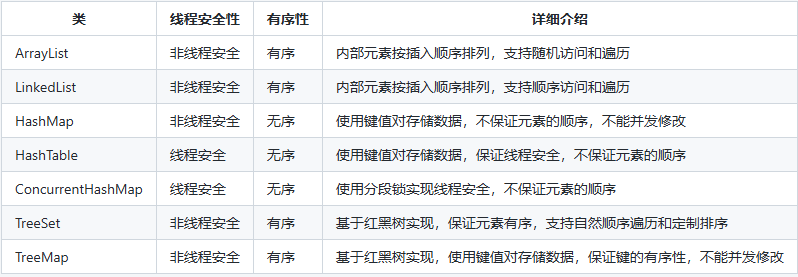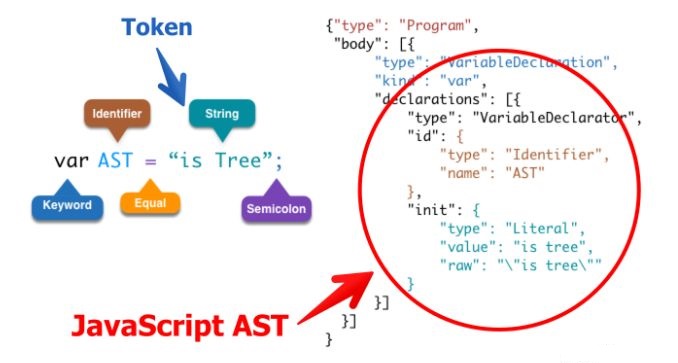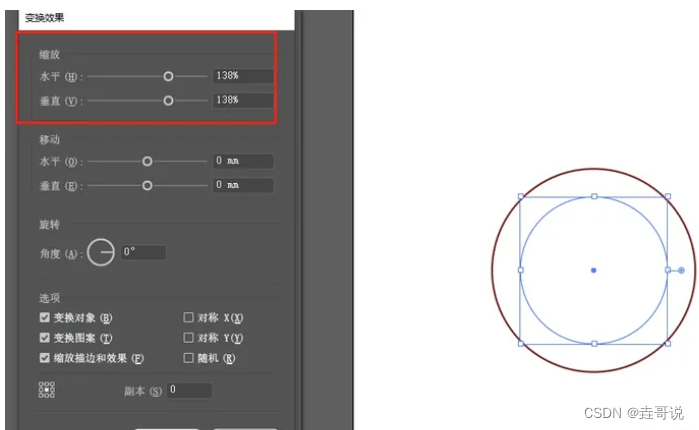# encoding: utf-8
# 版权所有 2024 ©涂聚文有限公司
# 许可信息查看: 两个头像图片之间换脸
# 描述: https://stackoverflow.com/questions/902761/saving-a-numpy-array-as-an-image?answertab=votes
# Author : geovindu,Geovin Du 涂聚文.
# IDE : PyCharm 2023.1 python 311
# Datetime : 2024/6/13 10:25
# User : geovindu
# Product : PyCharm
# Project : EssentialAlgorithms
# File : imageFaceSwapFun.py
# explain : 学习
import cv2
import numpy as np
import dlib
from PIL import Image as im
class FaceSwaFun(object):
"""
换脸类
"""
def __init__(self,SOURCEPATH,DESTPATH):
"""
实例化
:param SOURCEPATH: 需要用脸的图片
:param DESTPATH: 用脸目标图片
"""
self.SOURCE_PATH=SOURCEPATH
self.DEST_PATH=DESTPATH
def index_from_array(self,numpyarray):
"""
:param numpyarray:
:return:
"""
index = None
for n in numpyarray[0]:
index = n
break
return index
def getImage(self)-> tuple:
"""
:return: 返回 (图片的数组,保存的文件名)
"""
frontal_face_detector = dlib.get_frontal_face_detector()
frontal_face_predictor = dlib.shape_predictor("dataset/shape_predictor_68_face_landmarks.dat")
source_image = cv2.imread(self.SOURCE_PATH)
source_image_grayscale = cv2.cvtColor(source_image, cv2.COLOR_BGR2GRAY)
#
destination_image = cv2.imread(self.DEST_PATH)
destination_image_grayscale = cv2.cvtColor(destination_image, cv2.COLOR_BGR2GRAY)
source_image_canvas = np.zeros_like(source_image_grayscale)
height, width, no_of_channels = destination_image.shape
destination_image_canvas = np.zeros((height, width, no_of_channels), np.uint8)
source_faces = frontal_face_detector(source_image_grayscale)
# Obtaining source face landmark points, convex hull, creating mask and also getting delaunay triangle face landmark indices for every face
for source_face in source_faces:
source_face_landmarks = frontal_face_predictor(source_image_grayscale, source_face)
source_face_landmark_points = []
for landmark_no in range(68):
x_point = source_face_landmarks.part(landmark_no).x
y_point = source_face_landmarks.part(landmark_no).y
source_face_landmark_points.append((x_point, y_point))
source_face_landmark_points_array = np.array(source_face_landmark_points, np.int32)
source_face_convexhull = cv2.convexHull(source_face_landmark_points_array)
cv2.fillConvexPoly(source_image_canvas, source_face_convexhull, 255)
source_face_image = cv2.bitwise_and(source_image, source_image, mask=source_image_canvas)
# DELAUNAY TRIANGULATION
bounding_rectangle = cv2.boundingRect(source_face_convexhull)
subdivisions = cv2.Subdiv2D(bounding_rectangle)
subdivisions.insert(source_face_landmark_points)
triangles_vector = subdivisions.getTriangleList()
triangles_array = np.array(triangles_vector, dtype=np.int32)
triangle_landmark_points_list = []
source_face_image_copy = source_face_image.copy()
for triangle in triangles_array:
index_point_1 = (triangle[0], triangle[1])
index_point_2 = (triangle[2], triangle[3])
index_point_3 = (triangle[4], triangle[5])
index_1 = np.where((source_face_landmark_points_array == index_point_1).all(axis=1))
index_1 = self.index_from_array(index_1)
index_2 = np.where((source_face_landmark_points_array == index_point_2).all(axis=1))
index_2 = self.index_from_array(index_2)
index_3 = np.where((source_face_landmark_points_array == index_point_3).all(axis=1))
index_3 = self.index_from_array(index_3)
triangle = [index_1, index_2, index_3]
triangle_landmark_points_list.append(triangle)
destination_faces = frontal_face_detector(destination_image_grayscale)
# Obtaining destination face landmark points and also convex hull for every face
for destination_face in destination_faces:
destination_face_landmarks = frontal_face_predictor(destination_image_grayscale, destination_face)
destination_face_landmark_points = []
for landmark_no in range(68):
x_point = destination_face_landmarks.part(landmark_no).x
y_point = destination_face_landmarks.part(landmark_no).y
destination_face_landmark_points.append((x_point, y_point))
destination_face_landmark_points_array = np.array(destination_face_landmark_points, np.int32)
destination_face_convexhull = cv2.convexHull(destination_face_landmark_points_array)
# Iterating through all source delaunay triangle and superimposing source triangles in empty destination canvas after warping to same size as destination triangles' shape
for i, triangle_index_points in enumerate(triangle_landmark_points_list):
# Cropping source triangle's bounding rectangle
source_triangle_point_1 = source_face_landmark_points[triangle_index_points[0]]
source_triangle_point_2 = source_face_landmark_points[triangle_index_points[1]]
source_triangle_point_3 = source_face_landmark_points[triangle_index_points[2]]
source_triangle = np.array([source_triangle_point_1, source_triangle_point_2, source_triangle_point_3],
np.int32)
source_rectangle = cv2.boundingRect(source_triangle)
(x, y, w, h) = source_rectangle
cropped_source_rectangle = source_image[y:y + h, x:x + w]
source_triangle_points = np.array([[source_triangle_point_1[0] - x, source_triangle_point_1[1] - y],
[source_triangle_point_2[0] - x, source_triangle_point_2[1] - y],
[source_triangle_point_3[0] - x, source_triangle_point_3[1] - y]],
np.int32)
# Create a mask using cropped destination triangle's bounding rectangle(for same landmark points as used for source triangle)
destination_triangle_point_1 = destination_face_landmark_points[triangle_index_points[0]]
destination_triangle_point_2 = destination_face_landmark_points[triangle_index_points[1]]
destination_triangle_point_3 = destination_face_landmark_points[triangle_index_points[2]]
destination_triangle = np.array(
[destination_triangle_point_1, destination_triangle_point_2, destination_triangle_point_3], np.int32)
destination_rectangle = cv2.boundingRect(destination_triangle)
(x, y, w, h) = destination_rectangle
cropped_destination_rectangle_mask = np.zeros((h, w), np.uint8)
destination_triangle_points = np.array(
[[destination_triangle_point_1[0] - x, destination_triangle_point_1[1] - y],
[destination_triangle_point_2[0] - x, destination_triangle_point_2[1] - y],
[destination_triangle_point_3[0] - x, destination_triangle_point_3[1] - y]],
np.int32)
cv2.fillConvexPoly(cropped_destination_rectangle_mask, destination_triangle_points, 255)
# Warp source triangle to match shape of destination triangle and put it over destination triangle mask
source_triangle_points = np.float32(source_triangle_points)
destination_triangle_points = np.float32(destination_triangle_points)
matrix = cv2.getAffineTransform(source_triangle_points, destination_triangle_points)
warped_rectangle = cv2.warpAffine(cropped_source_rectangle, matrix, (w, h))
warped_triangle = cv2.bitwise_and(warped_rectangle, warped_rectangle,
mask=cropped_destination_rectangle_mask)
# Reconstructing destination face in empty canvas of destination image
# removing white lines in triangle using masking
new_dest_face_canvas_area = destination_image_canvas[y:y + h, x:x + w]
new_dest_face_canvas_area_gray = cv2.cvtColor(new_dest_face_canvas_area, cv2.COLOR_BGR2GRAY)
_, mask_created_triangle = cv2.threshold(new_dest_face_canvas_area_gray, 1, 255, cv2.THRESH_BINARY_INV)
warped_triangle = cv2.bitwise_and(warped_triangle, warped_triangle, mask=mask_created_triangle)
new_dest_face_canvas_area = cv2.add(new_dest_face_canvas_area, warped_triangle)
destination_image_canvas[y:y + h, x:x + w] = new_dest_face_canvas_area
# Put reconstructed face on the destination image
final_destination_canvas = np.zeros_like(destination_image_grayscale)
final_destination_face_mask = cv2.fillConvexPoly(final_destination_canvas, destination_face_convexhull, 255)
final_destination_canvas = cv2.bitwise_not(final_destination_face_mask)
destination_face_masked = cv2.bitwise_and(destination_image, destination_image, mask=final_destination_canvas)
destination_with_face = cv2.add(destination_face_masked, destination_image_canvas)
# Seamless cloning to make attachment blend with surrounding pixels
# we have to find center point of reconstructed convex hull to pass into seamlessClone()
(x, y, w, h) = cv2.boundingRect(destination_face_convexhull)
destination_face_center_point = (int((x + x + w) / 2), int((y + y + h) / 2))
seamless_cloned_face = cv2.seamlessClone(destination_with_face, destination_image, final_destination_face_mask,
destination_face_center_point, cv2.NORMAL_CLONE)
data = im.fromarray(seamless_cloned_face)
# saving the final output
# as a PNG file
file='geovindu.png'
data.save(file)
#cv2.imshow("Destination image with source face 2", seamless_cloned_face)
#cv2.waitKey(0)
#cv2.destroyAllWindows()
print(type(seamless_cloned_face))
return (seamless_cloned_face,file)
'''
1.
import cv2
cv2.imwrite("geovindu.jpg", seamless_cloned_face)
2.
from PIL import Image
im = Image.fromarray(seamless_cloned_face)
im.save("geovindu.jpg")
3.
import scipy.misc
scipy.misc.imsave('geovindu.jpg', seamless_cloned_face)
4.
import scipy.misc
scipy.misc.toimage(seamless_cloned_face, cmin=0.0, cmax=...).save('geovindu.jpg')
5.
import matplotlib
matplotlib.image.imsave('geovindu.png', seamless_cloned_face)
'''調用:
# 调用
du= BLL.imageFaceSwapFun.FaceSwaFun("media/images/modi.jpg","media/images/viplav.jpeg")
#du.SOURCE_PATH="media/images/modi.jpg"
# du.DEST_PATH="media/images/viplav.jpeg"
geovindu=du.getImage()
print(geovindu)
cv2.imwrite("geovindu20.png", geovindu[0])